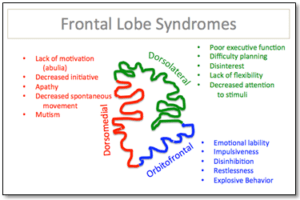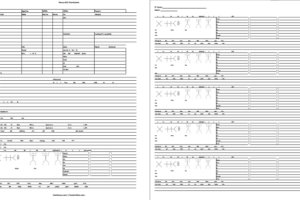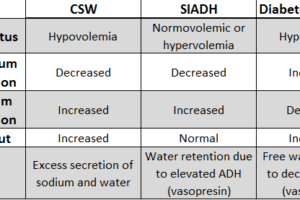Nerve roots distal to the termination of the spinal cord comprise what is called the cauda equina (CE). Cauda equina syndrome (CES) is low back pain, typically bilateral, saddle sensory disturbances, variable lower extremity motor and sensory loss, and bowel and bladder dysfunction. This results from compression of CE nerve roots. Since these nerve roots have a poorly developed epineurium, they are particularly susceptible to injury.
Patients with CES often present with generalized symptoms. Back pain is the most common feature of most histories. If there is an accompanying history of incontinence of urine or stool, it should be explored. The same is true for saddle paresthesias. Saddle paresthesias may be described as a change in the sensation experienced while using toilet paper. Bladder dysfunction may present as incontinence but often presents earlier as difficulty starting or stopping a stream of urine.
Physical exam may reveal pain localized to the low back with tenderness to palpation and muscle tightness. There may also be abnormalities of the spinal reflexes—either loss or decrease in their strength. Conversely, reflexes may be increased. Sensory abnormalities may be present in the perineum or lower extremities. Muscle weakness may be present, and if CES is chronic, muscle wasting may be evident. Poor rectal sphincter tone may be noted.
It should be noted that a positive Babinski sign—upgoing toes—implies upper motor neuron involvement.
The implication of CES is that there is significant pressure on a series of nerve roots that are sensitive to pressure and have an anatomically poor blood supply. This may come from a large disc herniation or from compromise from spinal stenosis.
The necessity for immediate intervention for CES is demonstrated by a study that delineated a difference in outcomes for times of decompression of just 14 hours versus 30 hours. Those patients who fell into the population with a mean of 30 hours between diagnosis and decompression were left with neurological deficits that included rectal sphincter incontinence.
The degree of seriousness of CES is perhaps best expressed with this quote from a guideline:
Patients with cauda equina symptoms require immediate referral to the local District General Hospital (contact the registrar/resident on-call). Family doctors miss this condition at their peril. Patients with suspected serious pathology or sero-negative arthritis should be referred promptly to an appropriate surgeon or physician. Patients with threatened sphincter function or suspected serious pathology are referred to as RED FLAGS.



